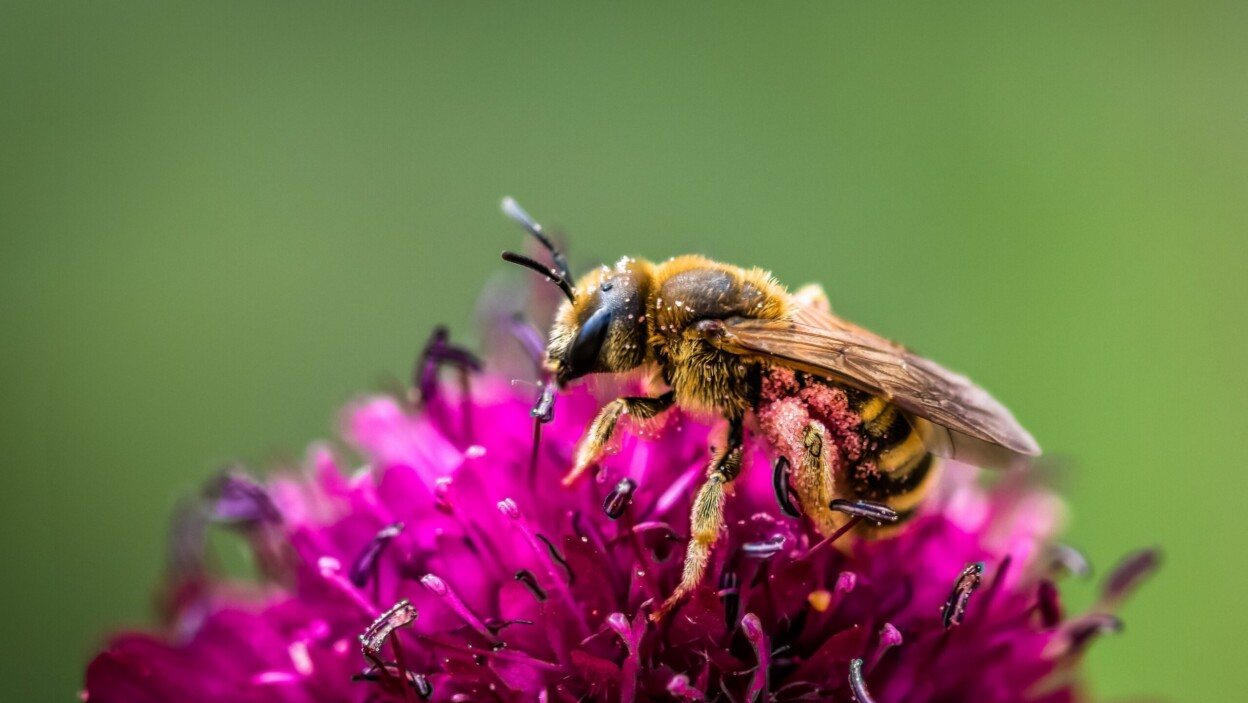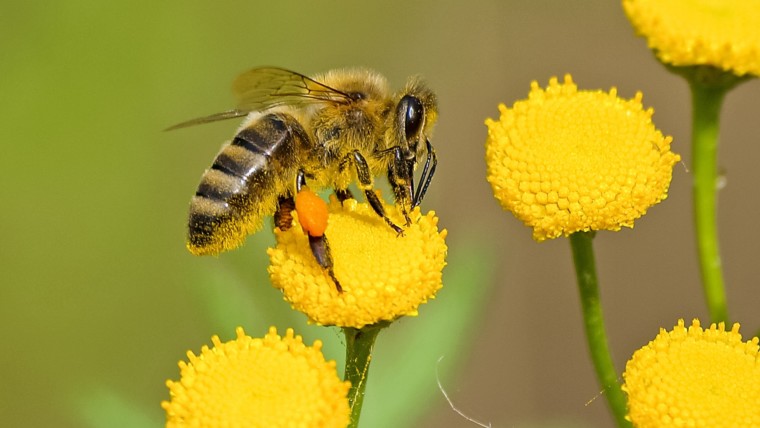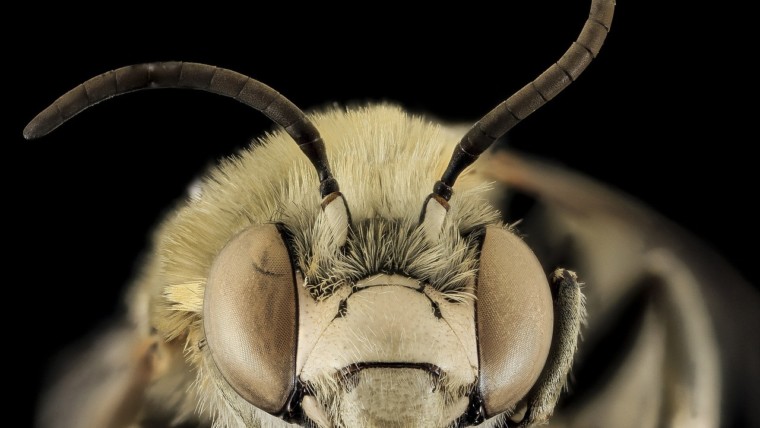You Want Relief Quickly
In this article, we’re going to talk about seven ways to naturally treat a bee sting at home. If you’ve ever been stung by a bee, it can be painful, can cause swelling, sometimes an allergic reaction. But we’ll be talking about what to do immediately to get relief if you’ve been stung by a bee. First and foremost, we should all be big fans of bees. Bees are vitally important for our environment. I don’t know anyone who doesn’t enjoy honey. They pollinate so much plant life we simply could not do without them and want bees in abundance in our general environment.

Try Baking Soda and Water
But getting stung is not fun for anyone so here are some things you can do if you get stung by a bee, or someone who’s close to you becomes stung. First and foremost, baking soda and water. Baking soda is extremely alkaline in nature and works to neutralize the acid. Consequently, baking soda and water is a beneficial treatment option. Incidentally, this is also an effective treatment for poison ivy or anything that’s causing skin irritation. So you’re going to take some water, baking soda, mix the two together creating an ointment, apply it to the area, and let it sink in.
This should be done twice a day. You want to get air exposure to the wound so if you want to apply a bandage over it, you can but you want to allow it breathing room so you apply the bandage leaving space for air circulation. So baking soda, water, excellent first step.
Apply Ice
Second, on our list of treatment options is to apply ice. Ice should be applied for the first 30 minutes after you get a sting. So if someone gets stung, applying ice to the site of the sting initially can certainly bring about good results.
You know, getting stung can be similar to getting a burn. If you burn your hand or get stung, you immediately want to get relief such as cooling the area as quickly as you can. Third, on our list is elevation. If you get stung in multiple spots and there’s significant swelling in that area, elevating the area can allow the wound to better drain the toxin so this can be a smart tact to do as well. Fourth on the list is apple cider vinegar.
Apple Cider Vinegar
Apple cider vinegar effectively pulls toxins out of the area. So what you can do is mix baking soda and apple cider vinegar together and apply that to the bee sting. So that can be a favorable protocol as well by combing these two potent choices together.
Honey From a Bee?
Fifth on our list is honey. Raw local honey, or Manuka honey, is the most effective of all for fighting bee stings. Now you may find it surprising to hear that honey is being recommended to treat a bee sting. After all, bees produce honey, and you were stung by a bee so you wouldn’t expect a bee to produce an effective treatment for a sting. But the truth of the matter is that this is how nature can work. Honey has been used for many millennia as a natural remedy to treat everything from acne to poison ivy to open wounds. So issues like different stings and rashes certainly are treatable with honey. Honey is one of nature’s most potent remedies, so to be sure, taking a little bit of local honey or Manuka honey, applying it, and allowing it to work on the area can help relieve the pain from bee stings.
Activated Charcoal
Sixth on our list is activated charcoal. Now, the activated charcoal in today’s society is actually most commonly used when people have been exposed to poisoning. If someone has suffered alcohol poisoning or someone has ingested something toxic, say a child, that they shouldn’t have, charcoal adheres to most things. So using charcoal, particularly if it’s activated charcoal, a type of carbon, is very good at binding to just about everything. So if you have a bee sting, you want to respond to it immediately, you want to draw that poison out. Using activated charcoal in the area is great for drawing out and binding to any type of poison that gets within your system. So this is something that you would want to use immediately in the area waiting until the next day, probably would not as effective.
Give Witch Hazel a Try
Seventh on our list of treatments is witch hazel. Witch hazel actually has some excellent antiseptic properties as well as cleansing properties. And it’s one of the best treatments found in nature. A few others can be mentioned as well. Lavender oil and tea tree oil are additional natural oils for treating and soothing bee stings. It is recommended to add a neutral carrier oil with any of these essential oils such as olive oil. Typically add four drops of the carrier oil for every one drop of essential oil. So witch hazel, lavender, tea tree oil, also using plants such as aloe vera can reduce skin irritation aiding healing of the area. So again, remember those plant oils: witch hazel, lavender, and tea tree.
Mixing Various Items Can Help
These are some general recommendations. You could consider mixing shall we say honey with baking soda and applying that on the area, to begin with. And you can add to that mixture a blend with something like lavender oil.
So in conclusion, if you or a loved one gets a bee sting, you can use a baking soda-water mix, ice, elevation, apple cider vinegar, honey, activated charcoal, witch hazel, and other things like essential oils including lavender and tea tree oil. Doing these things will provide you with quick and effective relief from a bee sting. And don’t stop there, there are many more natural and effective ways to relieve bee stings. I’ve given you seven ways to naturally treat a bee sting at home to get you started.






